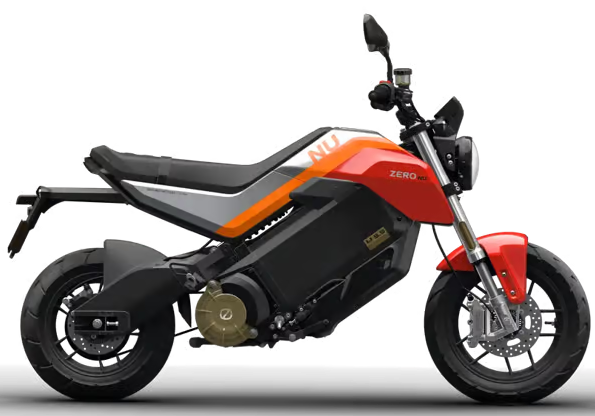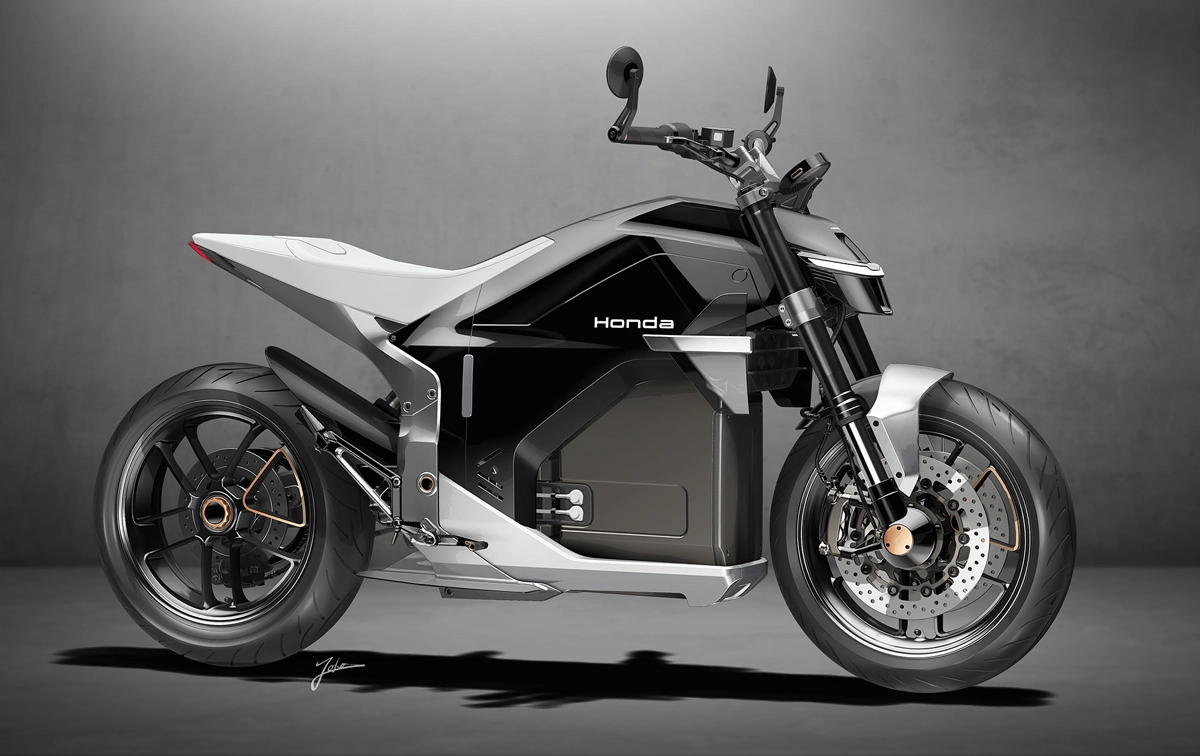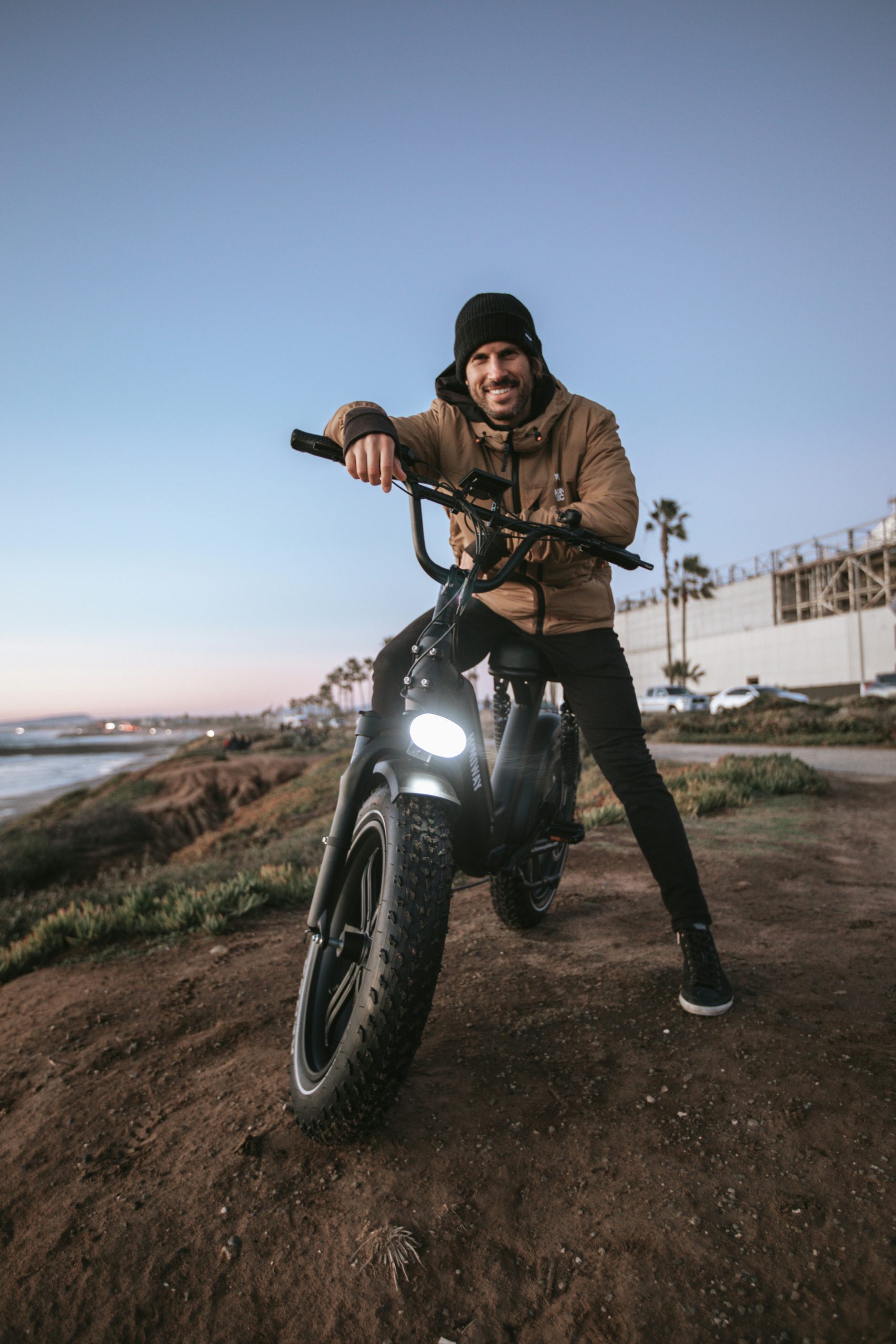As 2024 ends, it is time to reflect on the strides the electric mobility industry has made this year.
Honda
Honda has finally started taking baby steps towards electrification. This year, it entered the CR Electric Pro in the international electric motor racing series, the FIM Explorer World Cup. However, the CR Electric is still a prototype, and Honda has not committed to when, if ever, it will be brought to market.
Honda’s battery swapping joint venture in Japan—Gachaco—finally started gaining momentum, with the other signatory brands announcing plans to bring their products. Yamaha was one of them. However, instead of developing its own, Yamaha signed an agreement with Honda to source 50-cc equivalent scooters. These would be variants of the EM1 e: and Benly e: rebadged as Yamaha.
Honda’s big event came at the end of the year when it introduced the EV Fun and EV Urban concepts at EICMA. The EV Fun is a mid-sized electric sports-naked motorcycle, while the EV Urban is a large touring scooter. There is no commitment on the launch date of the EV Urban, but the EV Fun is expected to be introduced sometime in 2025.
The end of the year was also eventful as Honda finally launched its SC e: concept-based electric commuter scooter, the CUV e: in the European and Indonesian markets. The CUV e: would use the Honda MPPs to energize and come with a 6 kW (peak) mid-drive motor. Honda also introduced the EM 1: in the Indonesian market as the ICON e:.
India is one of the most important markets for Honda and electric mobility. At the end of the year, Honda unveiled the Activa E: and QC1 electric scooters for the Indian market. These are identical-sized commuter scooters, with the Activa E: having the same hardware—motor and battery—as the CUV e: of the European/Indonesian markets. The Honda QC1 has a hub motor and a 1.5 kWh fixed battery and is targeted at the lower end of the Indian utility market.
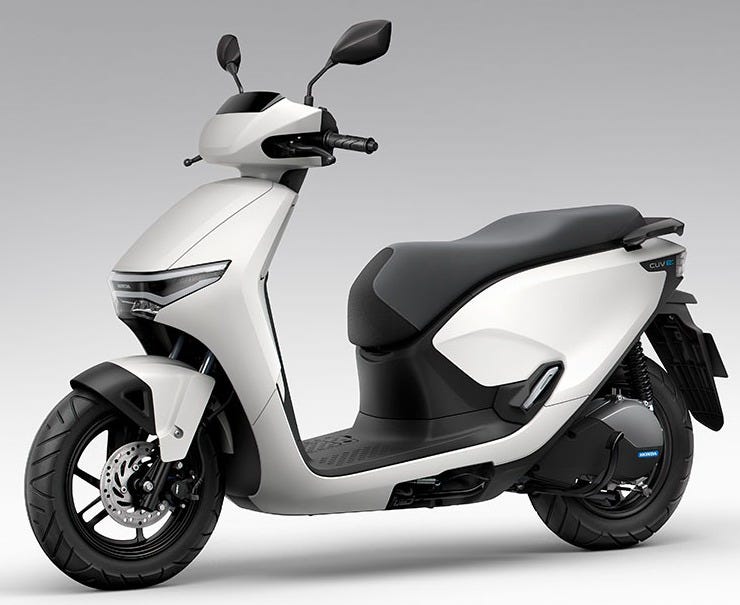
This was the year when it became clearer that the Honda MPP would be the Japanese manufacturer’s future of basic electric mobility, as we mentioned in our post from August 2024. In many geographies, like India, where Honda is already a late entrant, the Japanese giant will take its sweet time (and massive investments) to roll out a battery-swapping network. It is already doing so in three cities in India as a pilot and onboarding other OEMs, mostly E3W manufacturers.
In Europe, Honda announced a pilot for a sharing service verification test with GoCimo (formerly GoCiklo), a Swedish electric motorcycles-with-swappable-batteries-rental start-up, in Malmö, Sweden.
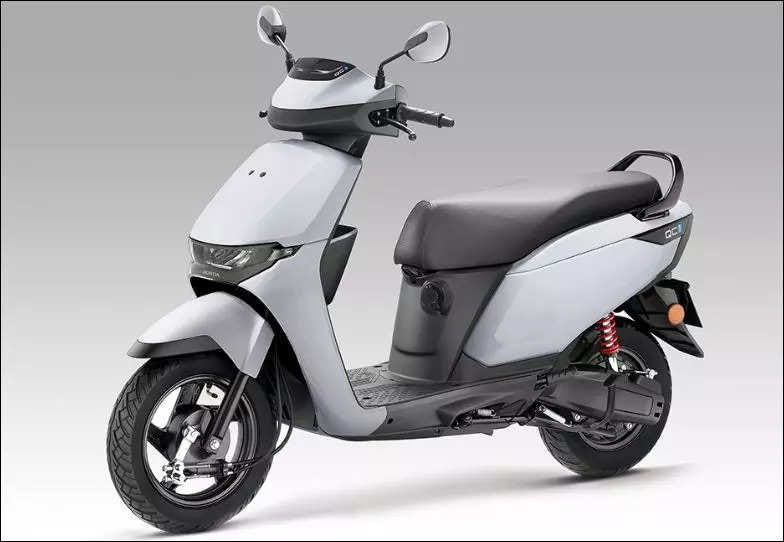
Perhaps Honda’s biggest event in 2024 was the inauguration of its solid-state battery plant. This pilot is for testing purposes only, and most likely, the eventual commercial production will be of Honda EV cars. However, considering the limitations of large lifestyle electric motorcycles and Honda’s aspirations of doing some, we expect some SSBs to head this way.
2025 will be an important year for Honda as it launches its scooters and battery-swapping network in India. It will also expand to important markets like Indonesia and Europe. In 2025, Honda will also introduce the EV Fun motorcycle.
Yamaha
Compatriot Yamaha also had an eventful year, though it did little regarding products. It made up for it by making strategic investments in other E2W players. The first investment was in River, in India. The River Indie is unlike anything in the Indian market, and we can see that the design and product ethos would have resonated with Yamaha. The Japanese manufacturer participated in the series B round and may have invested up to USD 44m in the startup. Considering that Yamaha has no presence in the Indian electric scooter market and River is a small player, it would be interesting to see how the relationship pans out.
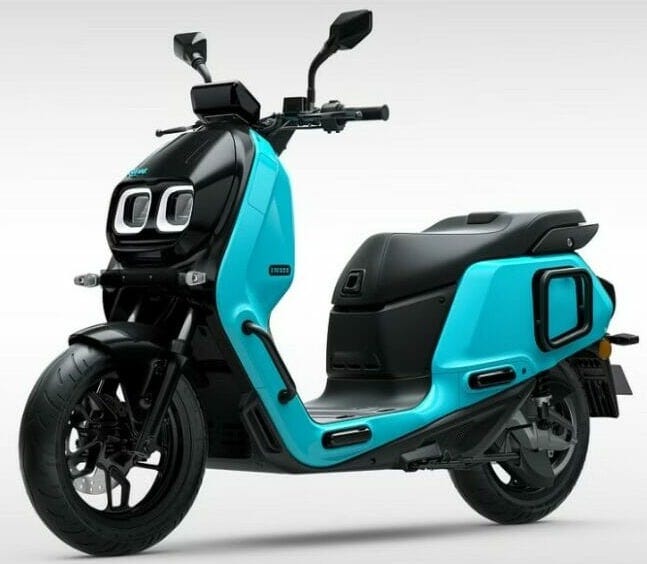
Yamaha‘s other investment this year was in Electric Motion SAS (EM), a France-based manufacturer of trials and motocross electric motorcycles. Motocross and trials are form factors that lend themselves well to electrification. EM has done well in the Trial World Championship, and the FIM E-Xplorer World Cup, and it would be interesting to see how Yamaha collaborates with EM. The magnitude of the investment remains undisclosed.
Meanwhile, Yamaha management has also indicated that in 2025, it will include some electric products in its India portfolio.
Kawasaki
If Yamaha did little on products, Kawasaki did even less. With two electric motorcycles – Ninja e-1 and Z e-1 already in the range, there was nothing in 2024. Kawasaki tried to make up with two hybrid motorcycles – Ninja 7 Hybrid and Z 7 Hybrid – but hybrids don’t have the same excitement as pure electric.
Livewire
The Harley-Davidson electric subsidiary has been in the news for poor sales and mounting losses. It also relocated its Silicon Valley offices to Milwaukee. That, along with job cuts, is aimed at cost savings. However, Livewire needs new products to lower the price range. In 2024, only the S2 Mulholland was introduced.
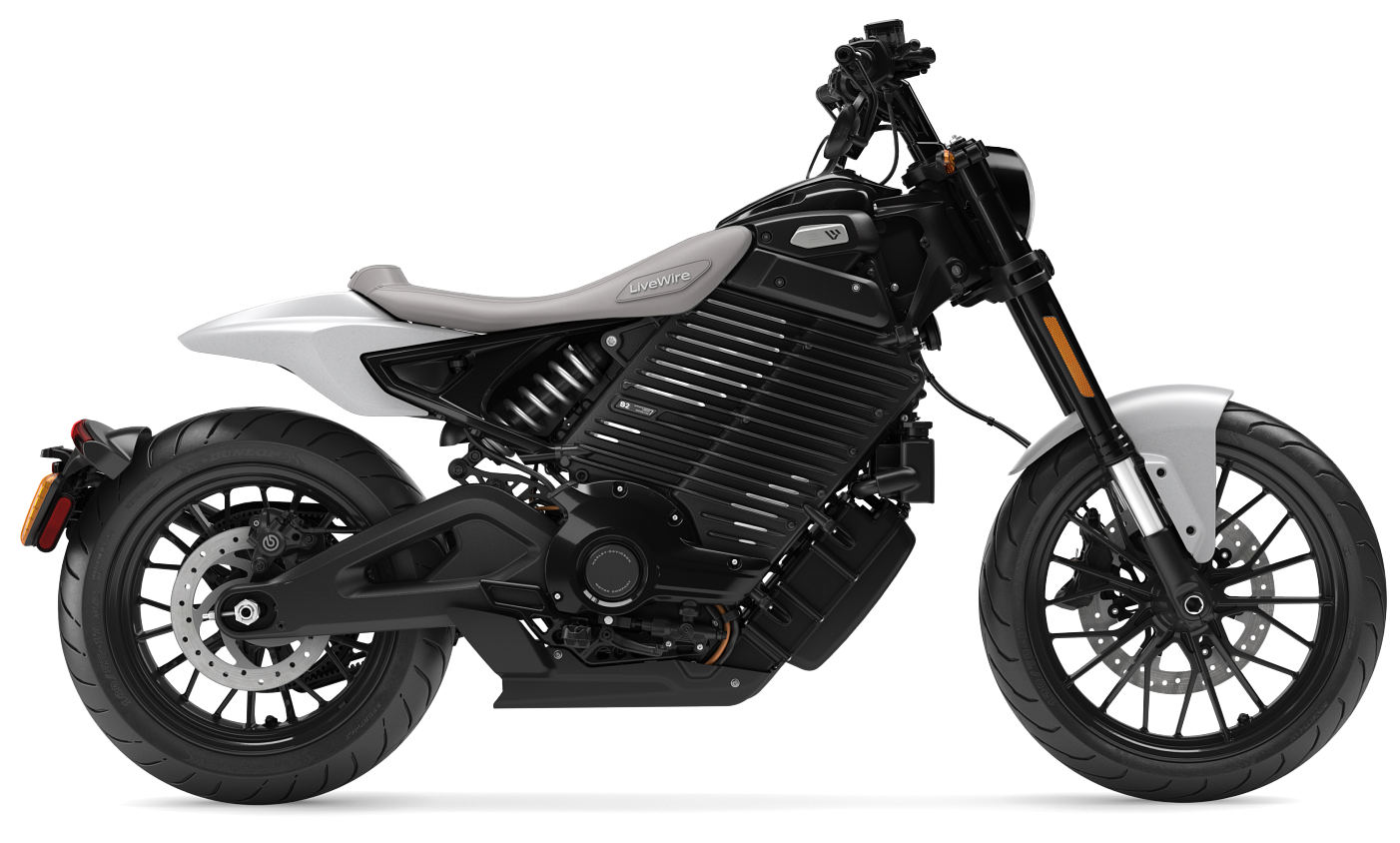
That may not change in 2025 unless there is an S3 around the corner. , we should get in 2026 are two fairly large-sized scooters being jointly developed with Kymco.
Gogoro
“It was a rather turbulent year for Gogoro” is an understatement. They kept on making losses, and in July, we questioned their business plan and whether battery swapping makes sense for a non-vertically integrated battery manufacturer with a high-cost base. It is capital-intensive and needs a huge cash infusion, which Gogoro has been doing admirably till now. But that lack of profitability has started to pinch. On the funding front, Gogoro raised USD 50m from Castrol in June and another USD 50m from Gold Sino Assets in the same month.
In September, the Taiwanese government scrutinized Gogoro for misreporting sourcing information for its motor controllers on the Viva model’s hub motor. This information is critical to claiming subsidies; no local sourcing means no subsidy eligibility. The CEO & Chairman Horace Luke resigned, and we wrote about it in September.
Incidentally, this was our most opened mailer, indicating how important Gogoro is for the global electric two-wheeler industry despite its size or lack thereof.
The Taiwanese government has since exonerated Gogoro of wrongdoing. The management announced this at the start of the Q3 analyst call.
However, that was not the end of the company’s troubles. During the same call, it disclosed that they had received a notice from Nasdaq for violating Listing Rule 5450(a)(1). The rule pertains to the stock trading below USD 1.00 on a closing basis for 30 consecutive business days. Gogoro has until April 28th, 2025, to rectify this. The management said they expect a solid financial plan and outlook to improve Gogoro’s share price. However, they did mention inorganic steps to be taken if the share price does not recover, as the NQ listing is of utmost importance.
On the product front, Gogoro introduced the Pulse at the beginning of the year as its new flagship scooter. `
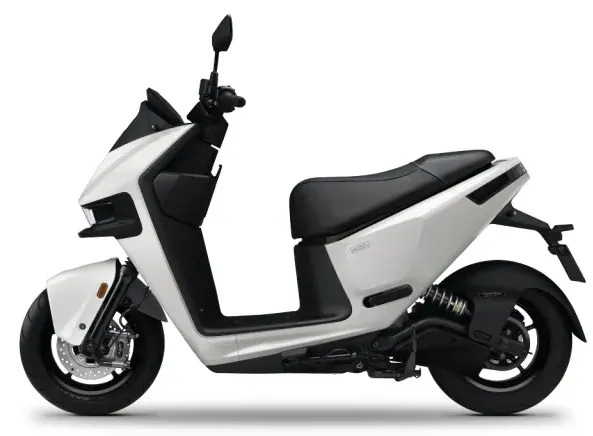
In 2024, the company made inroads into the international market, a weak point it has been trying to address for a few years. It partnered with Latin American energy company Copec to swap batteries in Chile and Colombia. It started another battery swapping JV in Bogota, Colombia, with oil company Terpel.
Gogoro also ventured into Nepal, an attractive though small E2W market, with JV partner Nebula. Together, they launched 45 swapping stations in Kathmandu.
Gogoro also introduced its smart scooters and battery-swapping network with local partner Cycle & Carriage in Singapore.
CanAm
This year, the much-awaited CanAm Origin and Pulse motorcycles were introduced. We liked CanAm’s approach of keeping the motorcycles realistic, though they contain enough engineering innovation. These are not hyperbikes but performance commuters, which is not a bad space to be in.
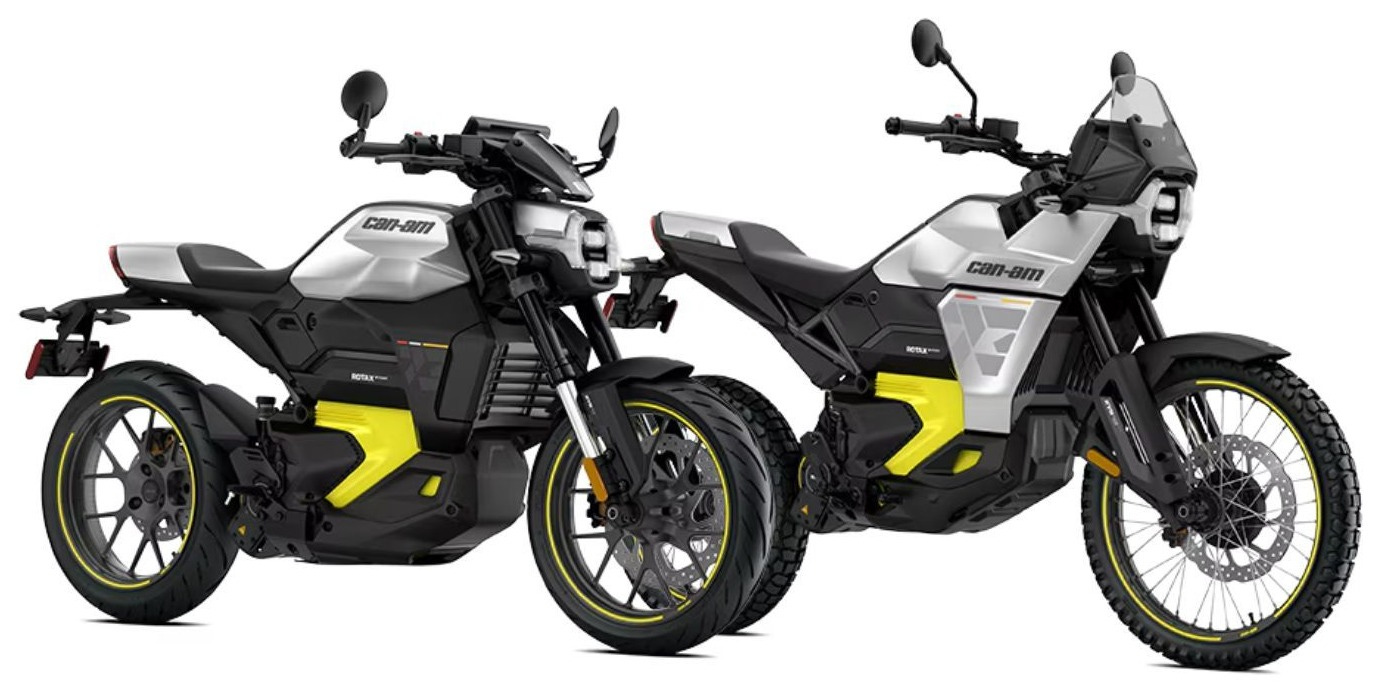
Damon
Damon had a tough year, and we understand that it may be tougher in 2025. The company’s Nasdaq debut was disappointing, and the share price has been falling. Then, in what we can only suspect was behind-the-scenes maneuvering by an investor, the co-founder CEO was replaced with the other co-founder.
We expect Damon to change direction in 2025. Getting the Hypersport to production remains difficult, and they may need to pivot to survive.
A few weeks back, when we spoke to Jay Giraud (ex-CEO) and Derek Dorresteyn (CTO) of Damon, they sounded upbeat. Much has changed since then, and Damon’s much-touted NQ debut has been very disappointing. As of yesterday, the company had a market cap of a little more than USD 13m.
Ola Electric
Ola Electric, based in India, had a mammoth year. The company tapped the public markets for its growth requirements. India is huge when it comes to two-wheelers, and the Ola Electric IPO was the biggest the E2W world has ever seen. The company is listed with a market cap of around USD 4.0bn.
Ola also announced a product onslaught at various times during the year. In August, they announced five new motorcycles at an industry event. This, along with the four concepts announced in 2023, means that Ola may be working on more new products than anyone else.
In their Q2 financial report, Ola Electric stated that they would launch 20 new products within the next two years. These include 17 two-wheelers and two three-wheelers. The graphic only showed 19 products, so we cannot comment on the 20th.
Then, at the end of November, Ola unveiled two more scooters, each with two variants. These scooters were not even part of the roadmap unveiled two weeks ago. Overall, Ola will have many scooters and motorcycles on the way in 2025, even though it still has only one scooter platform with multiple variants in the showroom. Everything else is in various stages of development.
Tromox
China-based Tromox has been making inroads in the European market. At EICMA, it launched the M03 electric commuter motorcycle, which has a 2.3 kWh battery and can deliver up to a 100-km range at a top speed of 45 kph or 70 kph, depending on the variant.
Lightning Motorcycles
The partnership with Enevate for battery cells became operational as Lightning delivered the first LS 218 with the cells. The cells enable fast charging of 20% to 80% in 10 min. Apart from that, Lightning stayed quiet in the year.
Ather Energy
India-based Ather Energy launched its first new scooter in five years, the Rizta. It has the same mainframe, battery, and tuned-down motor as the 450 range and targets a family audience.
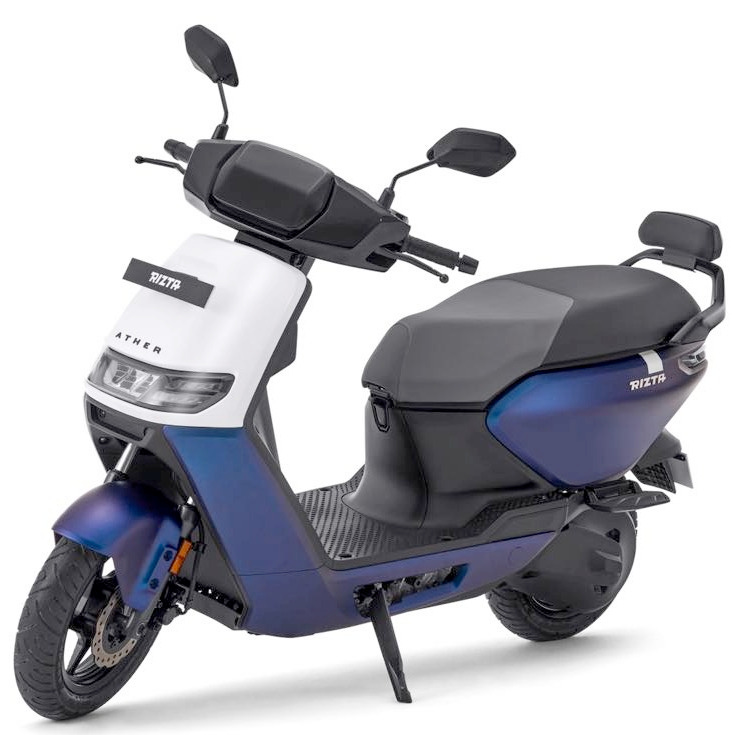
Yadea
This was the year Yadea began selling its new motorcycles worldwide. The Kemper is an important model for Yadea as it is the company’s first high-voltage system and has a self-developed 40 kW mid-drive motor. A Chinese manufacturer mastering an HV system is not great news for the rest of the global industry.
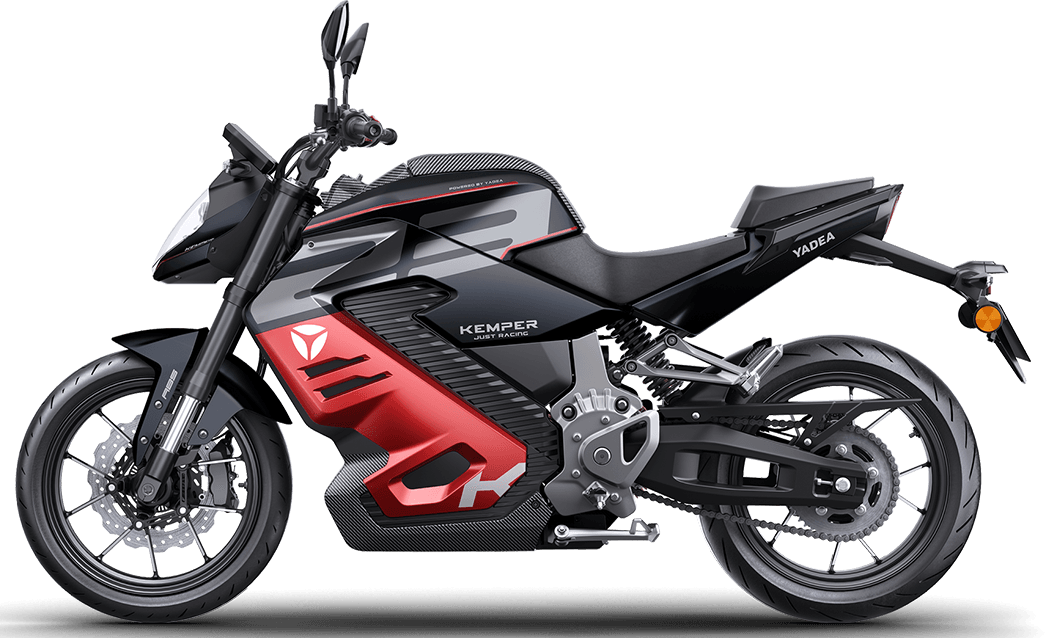
Energica
The biggest setback of the year was Energica filing for bankruptcy. The renewables investment group Ideanomics had owned it since 2022, but when climate tech hit a bump, Ideanomics could not provide Energica the much-needed capital infusion.
Zero Motorcycles
Zero is pivoting quickly to smaller and more believable motorcycles. At EICMA, they introduced two new motorcycles, the XB and XE, which are off-road motorcycles targeted at a younger audience and with more usable capabilities. Both are street-legal but limit the fun to double-digit numbers.
Zero also displayed the upcoming Neutrino at EICMA. This small-wheeled motorcycle will likely be launched in 2025 and will carry an entirely new powertrain developed by the company.
